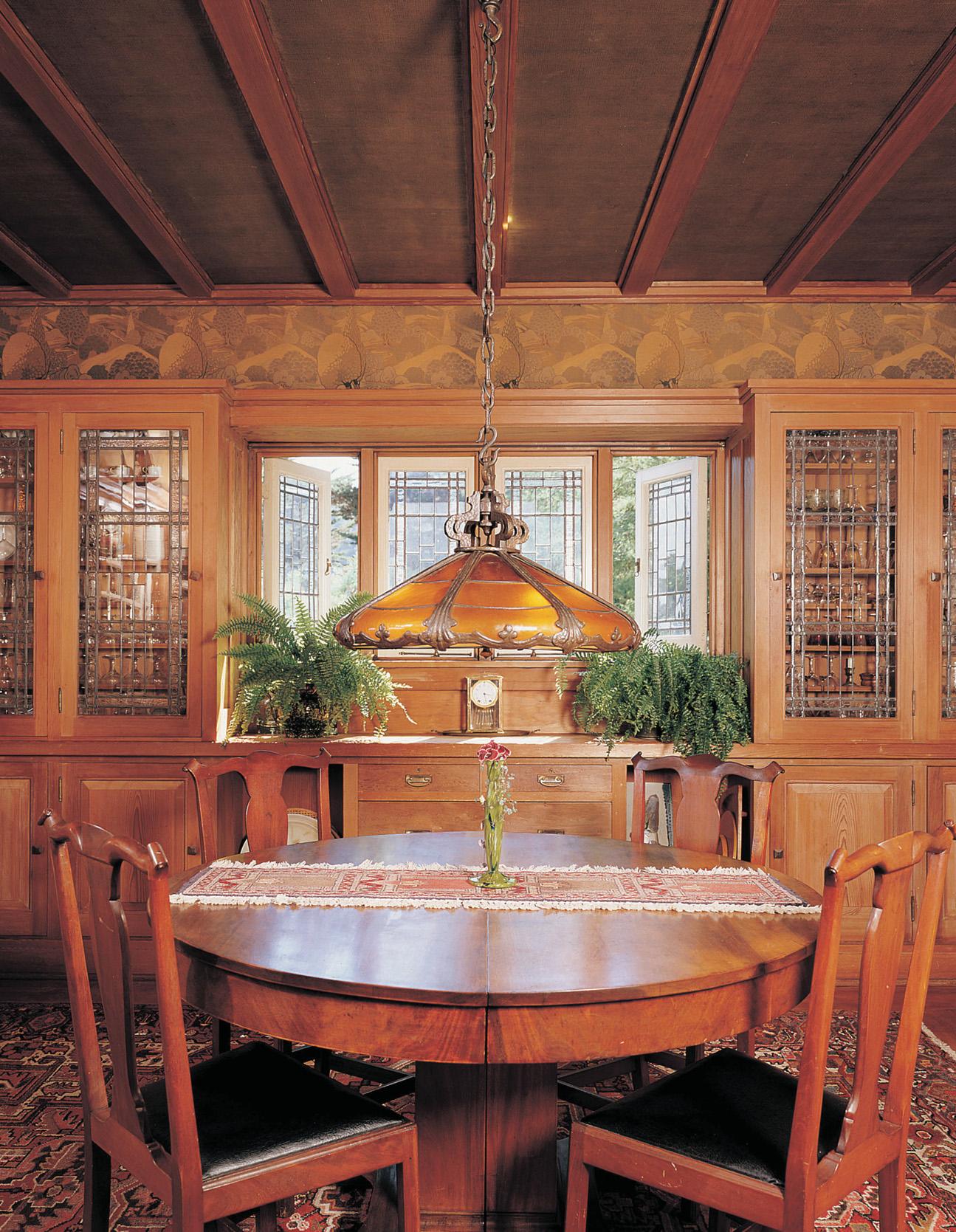
ARTS & CRAFTS
Never was built-in furniture more visible than ca. 1900-1930, the era of the bungalow. Space savers turned up in every room of tiny bungalows. Very fine cabinetwork was built into more exalted houses, especially in the dining room.
Immovable built-ins are part of the architecture, contributing to the look of the house as much as the staircase or mantel does. They take up less space than standard furniture, especially if they are recessed into walls. They don't need to be moved during cleaning. Built-in furniture is ideal for a small home, whether it's a period bungalow or today's tiny house. Built-ins also serve the modern desire for uncluttered interiors. The idea is not new. We find built-ins in every era and house style. Some are simple or traditional, some drip with design and craftsmanship, and some are a little nutty. Here we look at a few originals.
BUILT-INS for dining
Impressive built-ins evolved from backless, shallow cupboards that stood in Colonial keeping rooms. In the 18th century, the cupboard moved to the parlor used for dining, to become the renowned corner cabinet of the Georgian and Federal periods. These featured fine millwork and carving and most often had display shelves over closed storage. The Victorian era saw built-in, glazed china cabinets matching the fine hardwood used for trim-this in addition to a fully fitted-out butler's pantry connecting the kitchen to the dining room. The heyday of the dining room built-in was arguably ca. 1900-1930, when Arts & Crafts Bungalows, American Foursquares, and Tudors often featured a massive built-in buffet or sideboard, complete with linen drawers, display cabinets, counter space, and a mirror. The sideboard might even incorporate a specially shaped radiator that doubled as a plate warmer. Bench seats, too, often are built into dining rooms.
هذه القصة مأخوذة من طبعة May - June 2023 من Old House Journal.
ابدأ النسخة التجريبية المجانية من Magzter GOLD لمدة 7 أيام للوصول إلى آلاف القصص المتميزة المنسقة وأكثر من 9,000 مجلة وصحيفة.
بالفعل مشترك ? تسجيل الدخول
هذه القصة مأخوذة من طبعة May - June 2023 من Old House Journal.
ابدأ النسخة التجريبية المجانية من Magzter GOLD لمدة 7 أيام للوصول إلى آلاف القصص المتميزة المنسقة وأكثر من 9,000 مجلة وصحيفة.
بالفعل مشترك? تسجيل الدخول
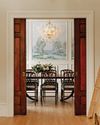
uncovering the charm
An eye-popping restoration followed when the owners removed faceless aluminum siding to find a handsome brick exterior with original details intact.
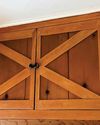
A Touchup for Knotty Pine
More than a simple cleaning, this process removes grime and a tired finish while preserving the mellow quality of vintage knotty pine.

Quick Fixes
Do it fast but do it well.

the KITCHEN UPFRONT
When this 1880s Philadelphia house was built, the kitchen was undoubtedly in a different location.

MORE THAN A HOUSE MOVING
even good smells can be too much Homeowner Jeremy Stock insisted that he and Danielle not only needed a stove vent but that they'd need a very efficient one that would vent steam, smoke, and smells to the outside.

A Pattern Match
The discovery of a patch of historic linoleum led to the re-creation of an 1890s-style floor, using paint and vinyl.
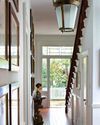
the door IN ITS FRAME
The frame is often overlooked as a key component to a properly operating entry door.

bathroom inspirations TIPS, TRICKS, HACKS FOR ROOMS OF REASONABLE SIZE & BUDGET
Even considering the usually small square footage, the bathroom in an older house is often the most challenging design conundrum during renovations.
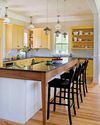
Sunshine in a Cottage Kitchen
A happy room demonstrates that simplicity often underlies good design.
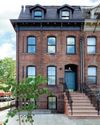
A REWARDING EXPERIENCE!
We revitalized a long-forgotten building on a prominent corner and would do it again.